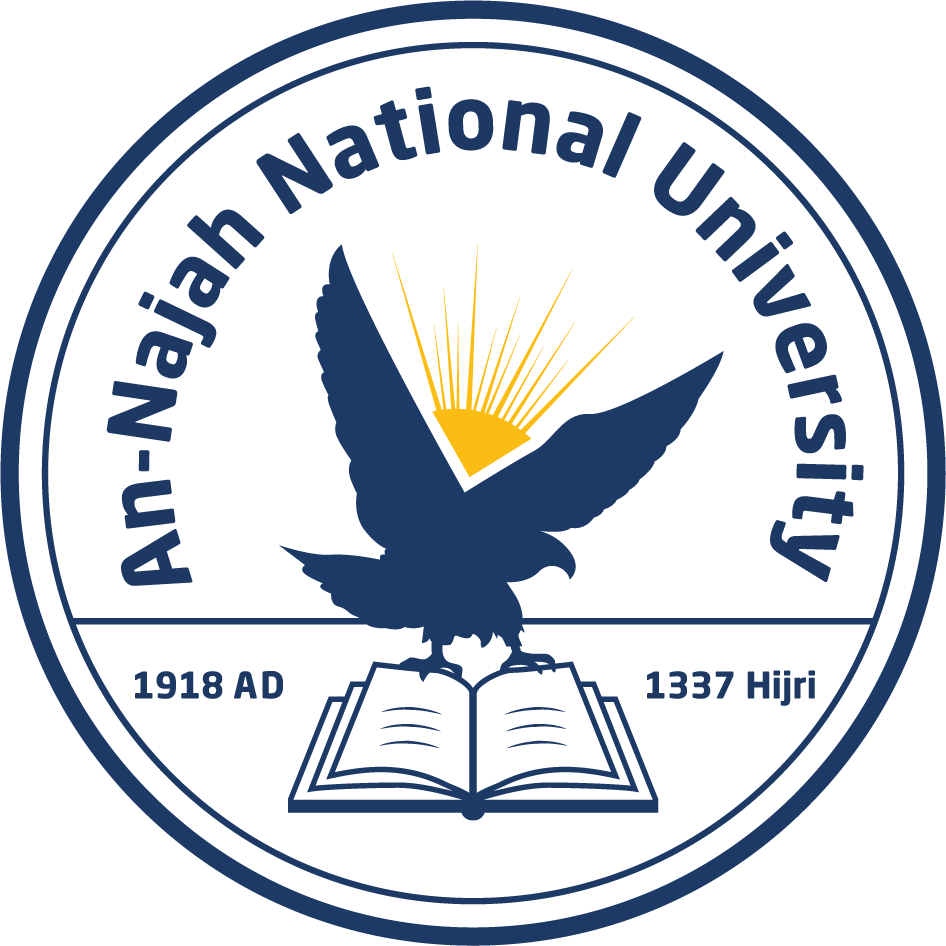Earth Sciences and Seismic Engineering Unit
The Earth Sciences and Seismic Engineering unit it is the only specialist unit that represents Palestine at local and global conferences and workshops concerned with applied geophysics, seismic and disaster risk reduction.

- Formulating a national team to follow up earthquake data analysis to be used in future development studies.
- Bringing together Palestinian experts in earthquake studies, seismic engineering and applied earth sciences.
- Exchanging experience, consultation and information in the fields of earth science and seismic engineering.
- Establishing contacts with international organizations to collect data in order to formulate a national database.
- Making seismic maps, and controlling land use policies.
- Achieving coordination and integration with neighboring countries in the field of seismic monitoring networks, joining the monitoring networks together
- Conducting training courses for civil engineers, architects, and other specialists.
- Increasing public awareness of earthquake hazard and preparedness through printed materials and special programs in coordination with the civil defense, and other groups interested in public safety in the occurrence of earthquakes.
- Reviewing the organizational regulations related to the construction of buildings in order to make them consistent with earthquake-resistant rules.
- Carrying out geological surveys.
- Providing consultation in the design and evaluation of seismic resistant structures.
- Carrying out geological experiments in applied geophysics.
- Giving special attention to engineering geology and dam construction.
- Using GIS and remote sensing in different earth science applications.
- Cooperating with other related governmental institutions in the preparation of seismic codes for construction in order to make them consistent with the rules of earthquake-resistant construction.
- Establishing a seismological observatory that will be connected with neighboring countries.
- Producing seismic hazard maps and codes for designing buildings and lifelines.
- Estimating the vulnerability of existing structures.
- Carrying out joint research projects with regional countries.
- Controlling land use policies.
- Carrying out different geophysical studies (seismic, electric, gravity, etc.).
- Increasing public awareness of earthquake hazard and preparedness by communicating with the general public through mass media.
- Establishing structural dynamic laboratories.
- Holding workshops, seminars, conferences and training programs.
- Conducting studies on the seismicity of the region in co-operation with the German Research Centre for Geosciences (GFZ / GeoForschungs Zentrum (in German)).
- Conducting studies on the seismic risk criteria and the seismic building code in co-operation with the United States Agency for International Development (USAID).
- Issuing engineering brochures on the architectural and constructional structure of earthquake-proof buildings in cooperation with the Engineering Association in Palestine.
- Issuing public brochures to promote awareness with respect to public safety and seismic risks reduction measures.
- Issuing the ground seismic acceleration map for the West Bank and Gaza.
- Conducting studies and providing consultations for inhabitants, engineering offices, institutions, and Palestinian ministries in the following fields:
- Designing buildings to withstand earthquakes.
- Evaluating and seismically rehabilitating existing buildings.
- Studying the role of a location's soil in the amplification of the seismic activity of the region.
- Studying the locations of buildings and whether they are vulnerable to landslides.
- Studying earth's subsurface layers of the sensitive locations and buildings (example: Siris and Marj Sanor (Sanor Meadow) Dams Project).
- Assessing damages and identifying the scale of collapse in buildings according to the international standards.
- Holding engineering courses in most of the Palestinian cities on "Designing buildings to withstand earthquakes and seismically rehabilitate existing ones" in cooperation with the Engineering Association in Palestine.
- Holding courses on disaster management and emergency measures.
- Conducting studies to determine the vulnerability of buildings to earthquakes in Palestine, as well as their expected seismic behaviour. (The studies have been carried out on approximately 2000 buildings in the following cities: Jerusalem, Nablus, Hebron, Ramallah, Bethlehem, Jenin, Tulkarem, and Qalqilya).
- Executing the restoration and reconstruction project of Khan Al-Wakala in the Old City of Nablus through the yard training school system in co-operation with the center, Nablus Municipality, the UNESCO and the European Union (EU).
- Representing Palestine in Arab and international seminars and workshops on earth sciences and seismic engineering.
- Establishing a national network for earthquake observation.
